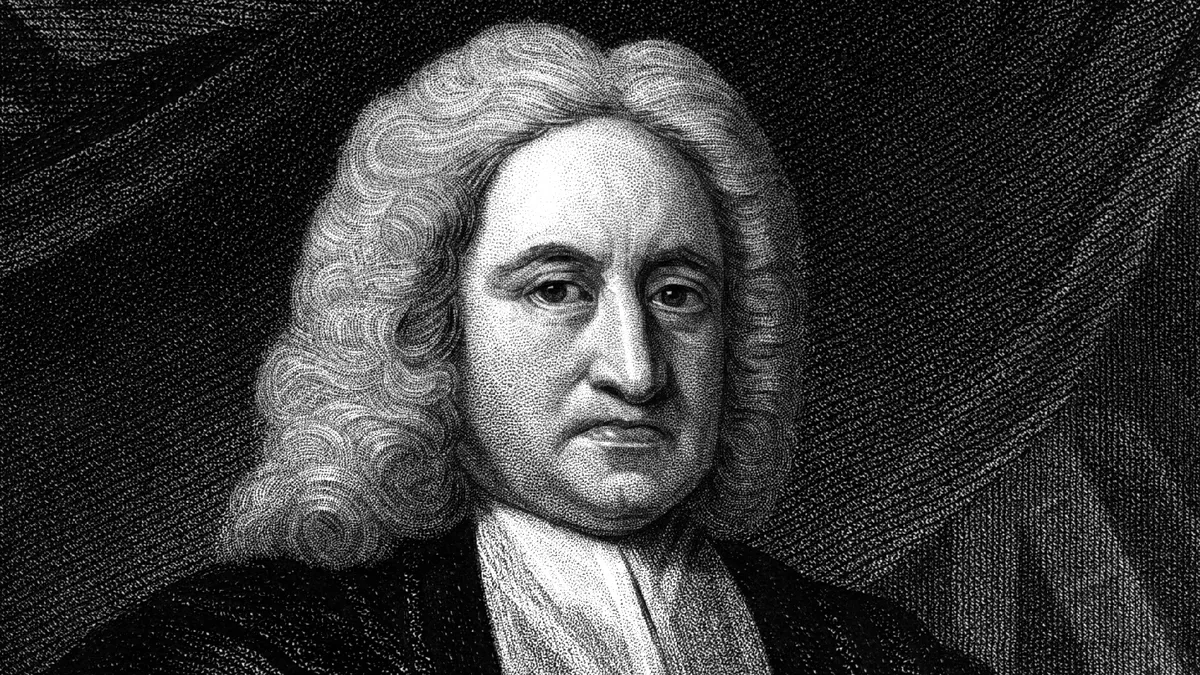The most famous of all comets was certainly seen by the English astronomer and mathematician Edmond Halley when it flew round the Sun in 1682, but he did not discover it. The credit for that goes back at least another 2,000 years to 240 BC, when unknown Chinese astronomers noted what they called a ‘broom star’ appearing in the eastern sky in May of that year.
Halley’s claim to the name stems from his crucial discovery about the nature of the eponymous object. While studying a list of comet observations over the centuries, he noticed that the years 1531, 1607 and 1682 all featured the appearance of one of these supposedly capricious portents of doom. Was it just a coincidence that they were all about 76 years apart?

Using Newton’s then newly published law of gravity, he showed that they were all the same object, swinging round the Sun on a vast orbit. Halley predicted it would return in 1758, which it duly did. While he didn’t live to see it, his calculations played a key role in showing that supposedly fickle natural phenomena can be understood through the power of science.
Subscribe to BBC Focus magazine for fascinating new Q&As every month and follow @sciencefocusQA on Twitter for your daily dose of fun science facts.